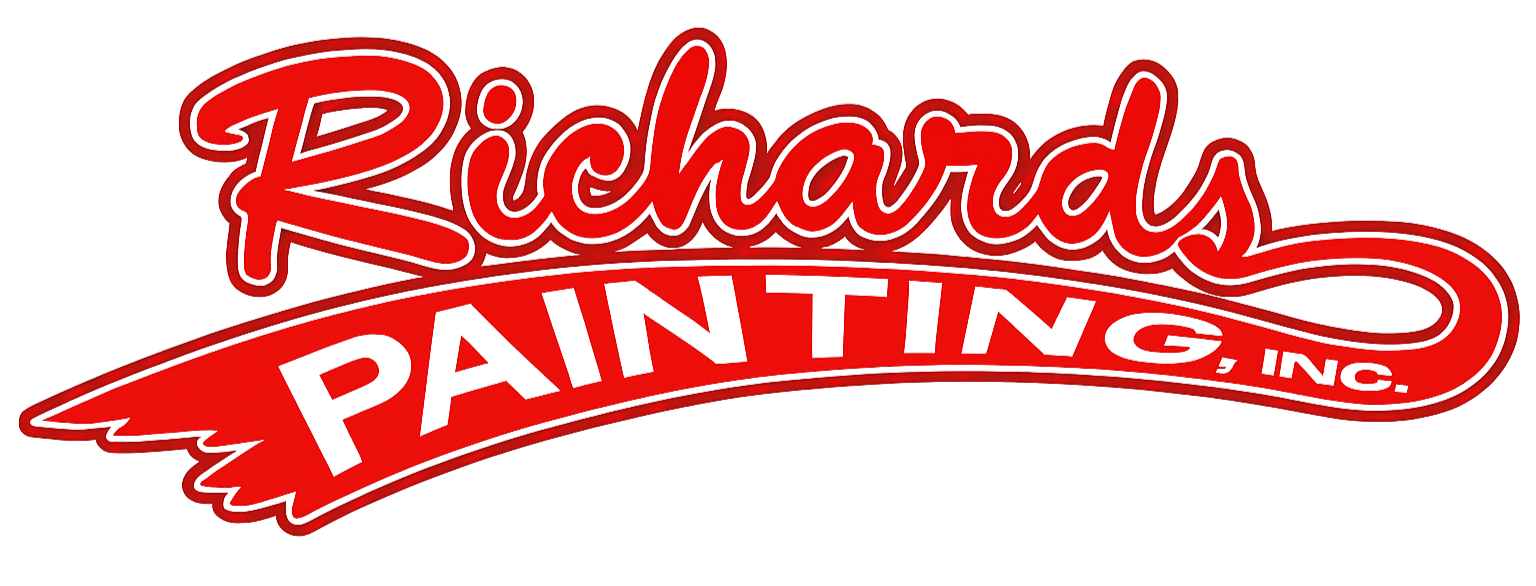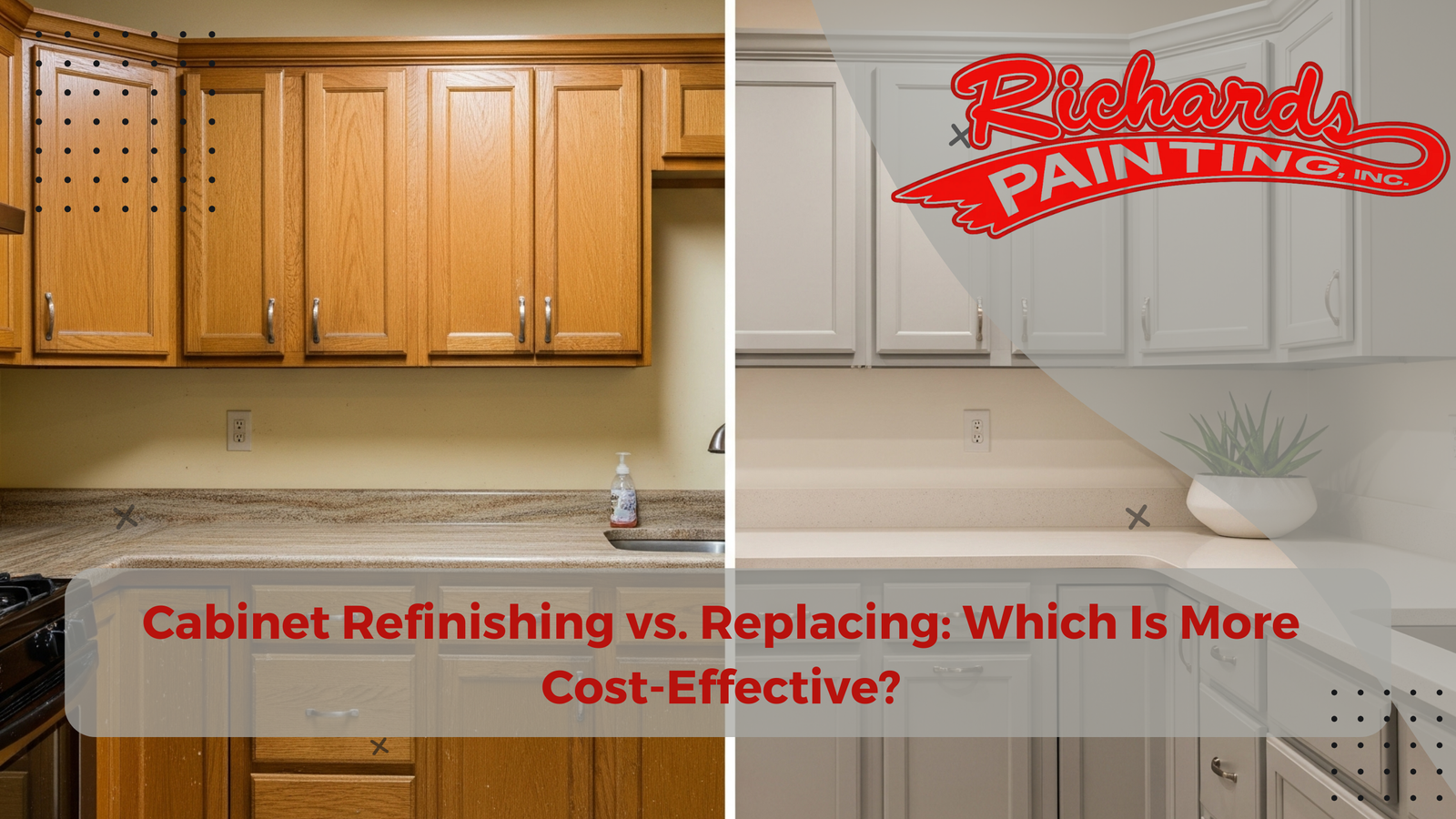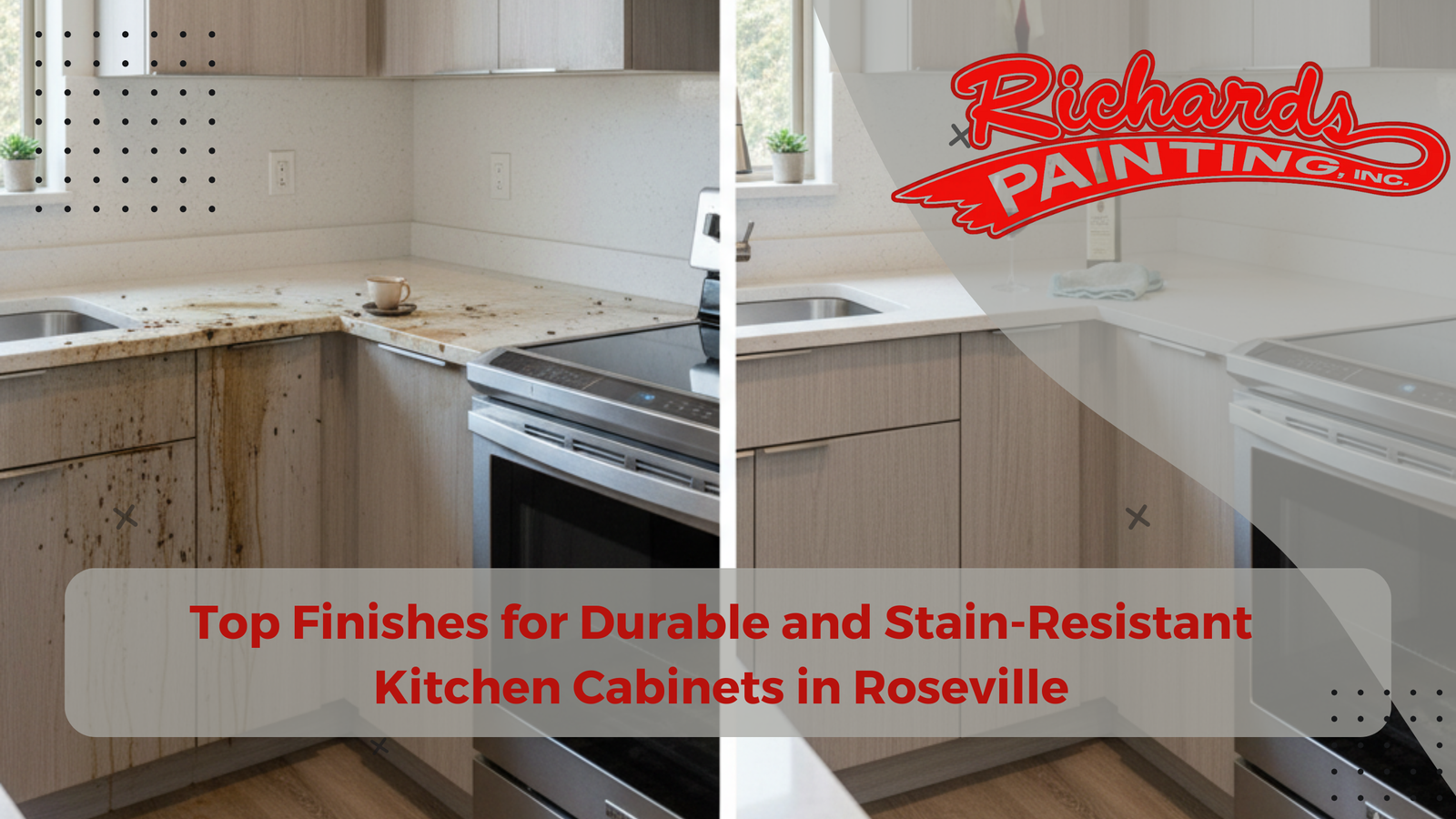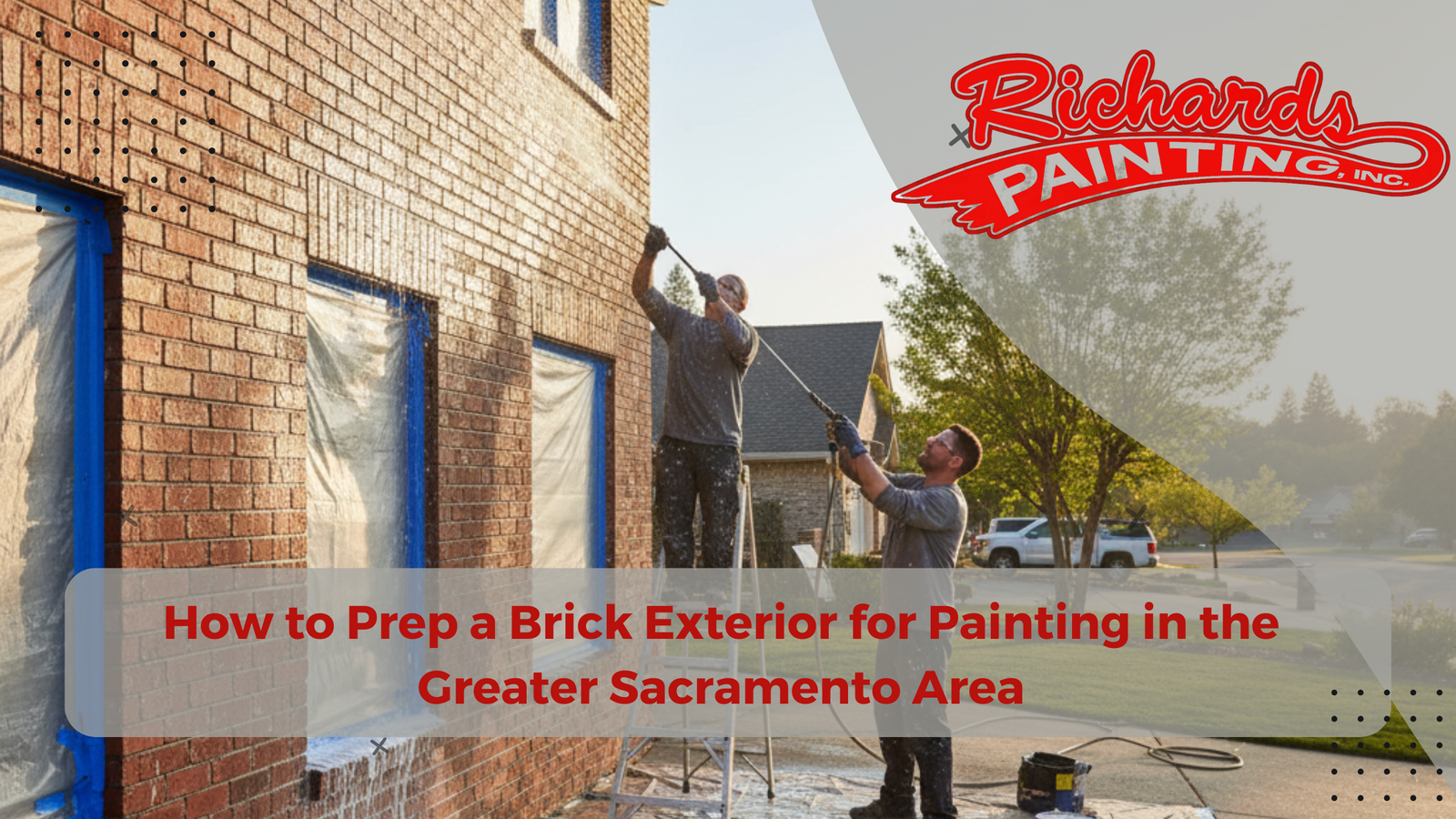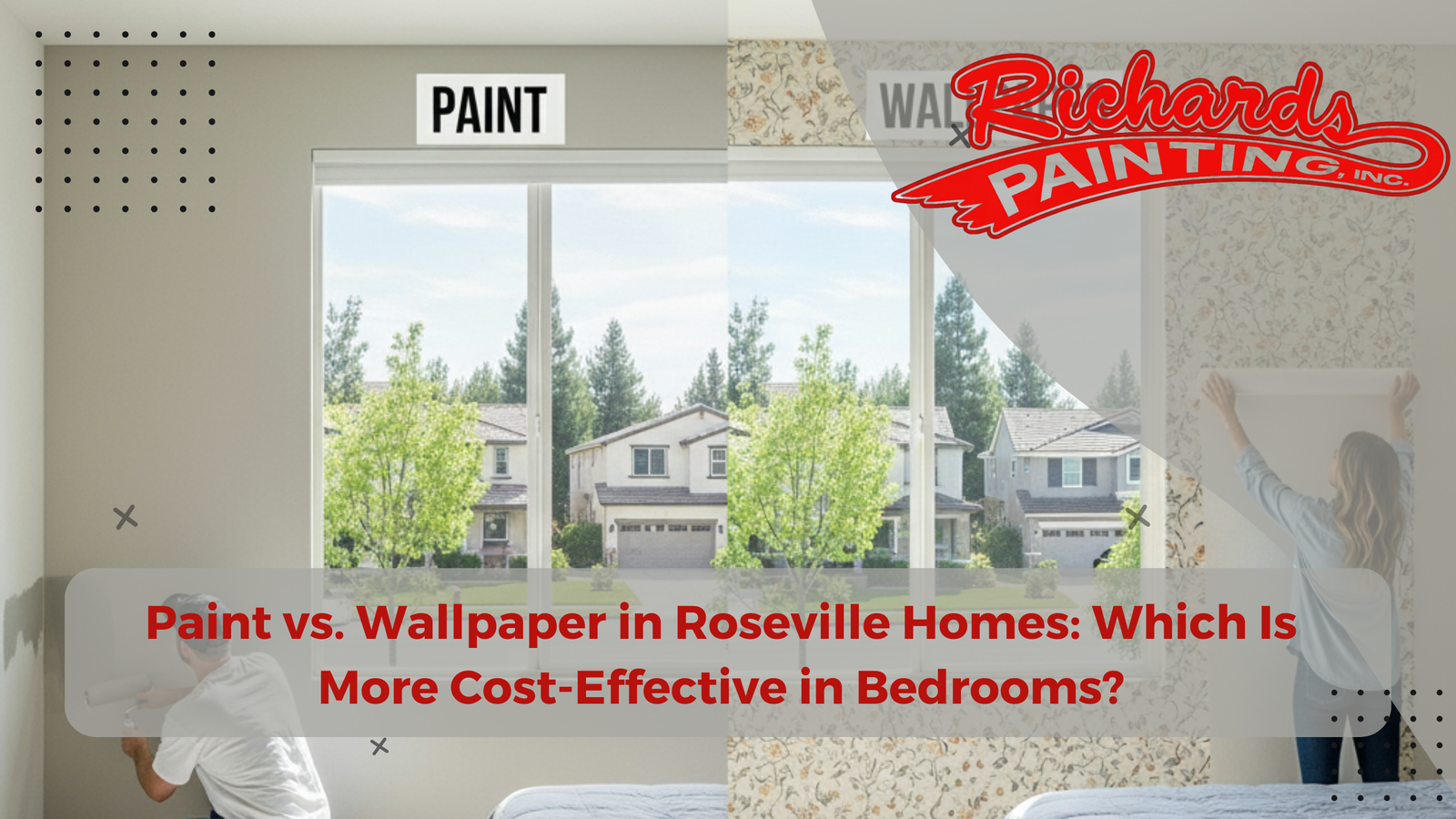Introduction: The Kitchen Cabinet Dilemma
Kitchen Cabinet Refinishing are the centerpiece of any home. Over time, they can become worn, outdated, or damaged. Homeowners often face a critical decision: should you refinish your cabinets or replace them entirely?
Refinishing involves sanding, staining, or painting existing cabinets to refresh their look. Replacement, on the other hand, means removing old cabinets and installing new ones. Both approaches have benefits, costs, and long-term implications, and choosing the right option depends on your budget, timeline, and aesthetic goals. Cabinet Refinishing vs. Replacing in Roseville: Which Is More Cost-Effective? We’ll be exploring that in this guide.
1. Cost Comparison: Refinishing vs. Replacing
Cabinet Refinishing Costs
Refinishing is generally more affordable than replacement. The average cost of refinishing kitchen cabinets ranges from $1,500 to $5,000, depending on:
- Size of the kitchen
- Type of finish (paint, stain, or glaze)
- Quality of materials used
- Labor costs
Cabinet Replacement Costs
Replacing cabinets is significantly more expensive, often ranging from $5,000 to $20,000 or more. Costs vary based on:
- Cabinet material (particleboard, plywood, solid wood)
- Custom vs. stock cabinets
- Labor and installation fees
- Additional plumbing or electrical work is required
2. Time and Labor Considerations
Refinishing
Refinishing cabinets is a quicker process, typically taking 3–7 days for a standard kitchen. It’s minimally disruptive and does not require removing plumbing or appliances.
Replacing
Replacement is more time-intensive, often taking 2–4 weeks. The process involves demolition, cabinet selection, delivery, and installation, which can disrupt your kitchen usage significantly.
3. Environmental Impact
Refinishing is eco-friendly because it reuses existing cabinets, reducing waste in landfills. Painting or staining consumes fewer resources compared to manufacturing new cabinets.
Replacing cabinets creates significant construction waste and consumes more raw materials, making it a less sustainable option.
4. Aesthetic and Design Flexibility
Refinishing
- Allows you to change colors, stains, or finishes to match modern trends.
- You can update hardware, such as handles and hinge,s for a fresh look.
- Works best if cabinets are structurally sound and the layout meets your needs.
Replacing
- Offers complete design freedom to change cabinet layout, style, or functionality.
- Ideal for outdated designs, structural damage, or when adding new storage solutions.
5. Longevity and Durability
Refinishing
- Extends the life of cabinets by 10–15 years when done professionally.
- Surface-level issues such as scratches or worn finishes are resolved, but structural damage is not addressed.
Replacing
- Provides long-term durability, especially with high-quality materials like solid wood.
- Cabinets can last 20+ years, but this comes at a higher initial investment.
6. When to Choose Cabinet Refinishing
- Cabinets are structurally sound with minor cosmetic issues
- Budget constraints make replacement impractical
- You want a fast, cost-effective makeover
- The current layout and storage meet your needs
7. When to Opt for Cabinet Replacement
- Cabinets are damaged, warped, or rotting
- You want a complete kitchen remodel with a new layout
- Desire for custom or modern designs is not achievable through refinishing
- Long-term durability is a priority
8. Hidden Costs to Consider
Refinishing
- Minor repairs may be needed before painting or staining
- DIY attempts can lead to uneven finishes or bubbles, requiring professional intervention
Replacement
- Plumbing and electrical adjustments may increase costs
- Disposal fees for old cabinets
- Possible flooring or countertop modifications
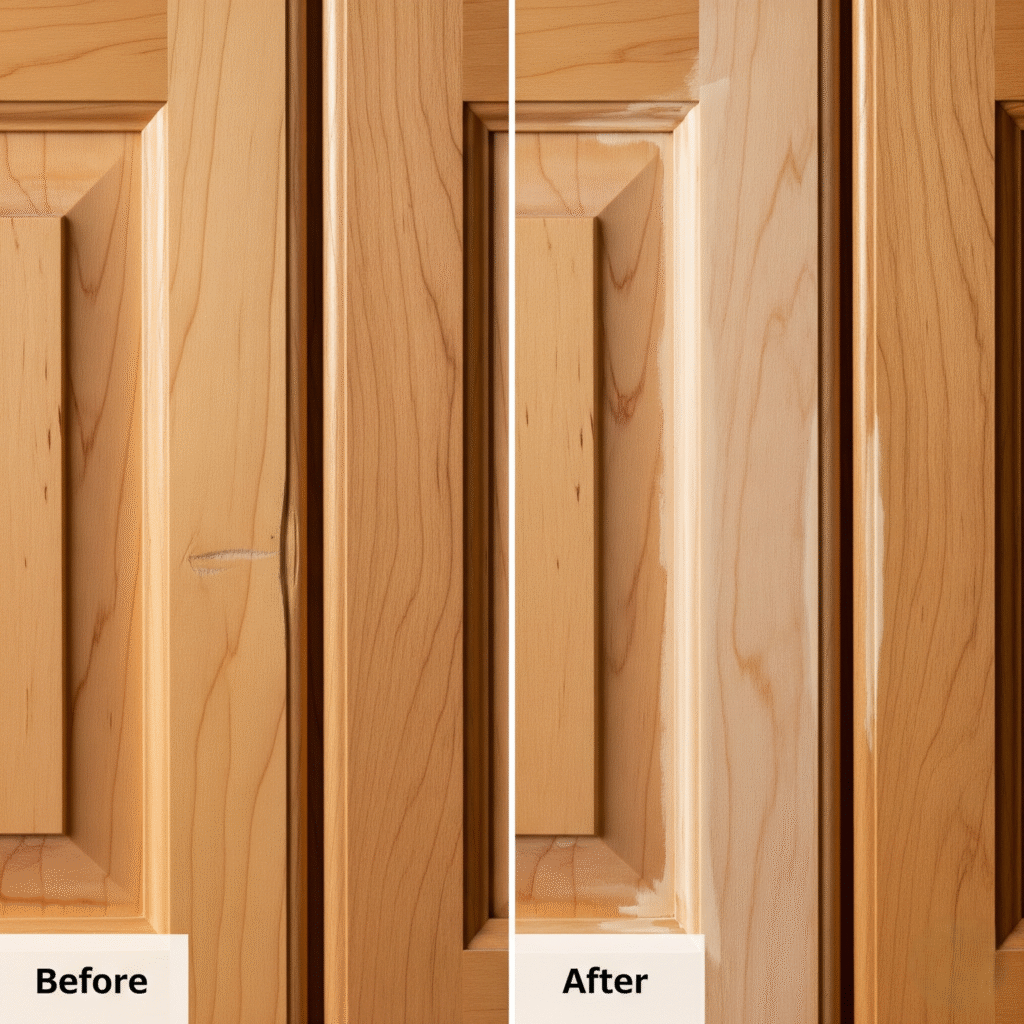
9. DIY vs. Professional Services
DIY Refinishing
- More affordable but requires skill and proper tools
- Risk of poor finish or damage to cabinets
Professional Refinishing
- Higher upfront cost, but ensures smooth, long-lasting finish
- Experts can repair minor damages and guarantee color consistency
Professional Replacement
- Ensures proper installation and alignment
- Reduces risk of structural issues or mistakes
10. Cost-Effectiveness Summary
| Factor | Refinishing | Replacement |
|---|---|---|
| Average Cost | $1,500–$5,000 | $5,000–$20,000+ |
| Time | 3–7 days | 2–4 weeks |
| Environmental Impact | Low | High |
| Aesthetic Options | Moderate | Extensive |
| Longevity | 10–15 years | 20+ years |
Refinishing is more cost-effective for cosmetic updates and functional kitchens, while replacement is ideal for damaged cabinets or full remodels.
Conclusion: Making the Right Choice for Your Home
Choosing between cabinet refinishing and replacement depends on your budget, the condition of your existing cabinets, desired aesthetic, and long-term goals.
- Refinishing is ideal for budget-friendly makeovers, minor cosmetic updates, and sustainable solutions.
- Replacement is the better option for structural issues, modernizing layouts, or investing in long-term durability.
Call-to-Action
By weighing the costs, benefits, and your kitchen’s specific needs, you can make a smart decision that enhances your home’s beauty, functionality, and value. Contact us today!
